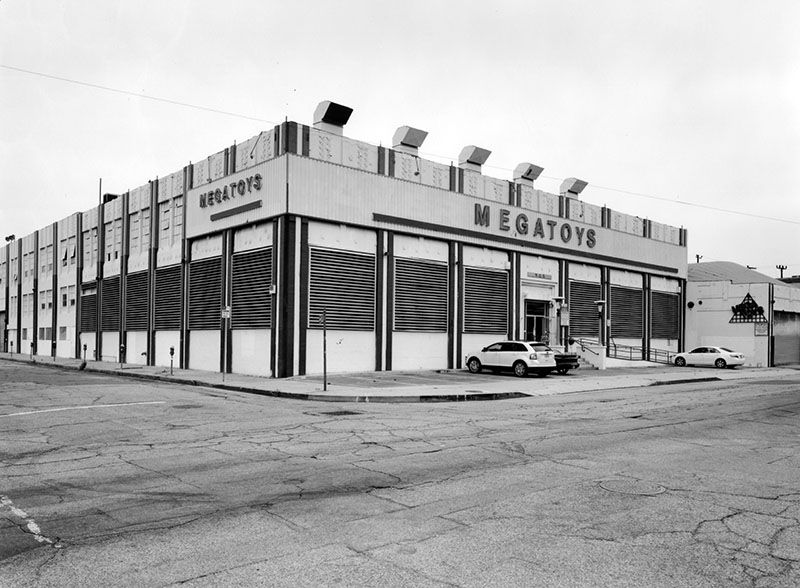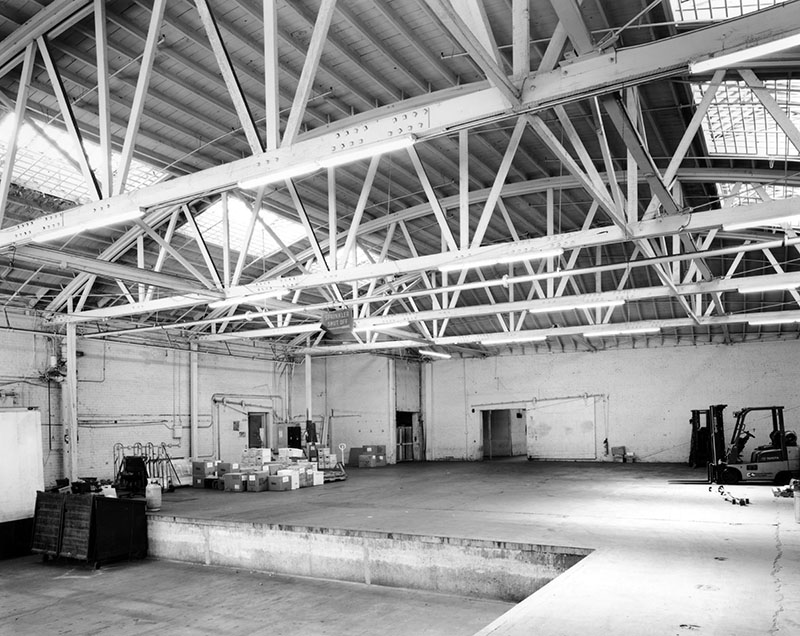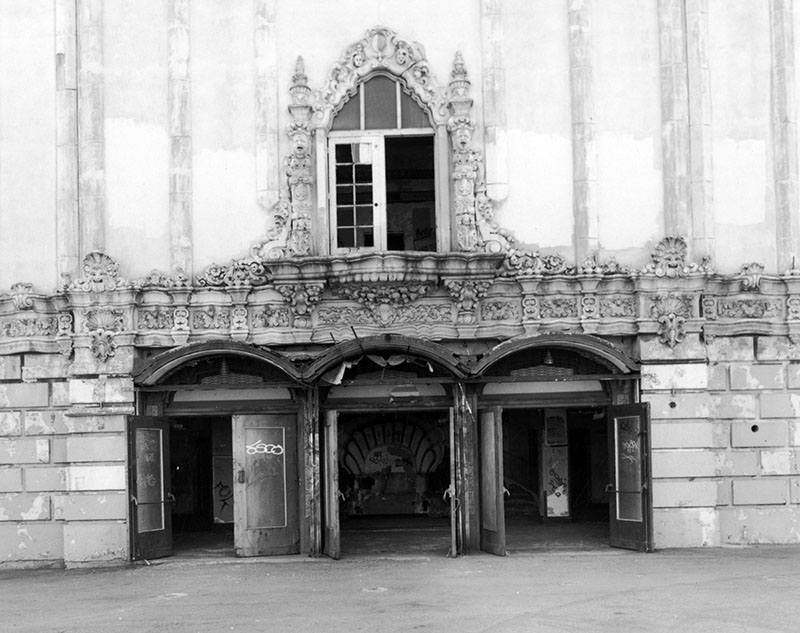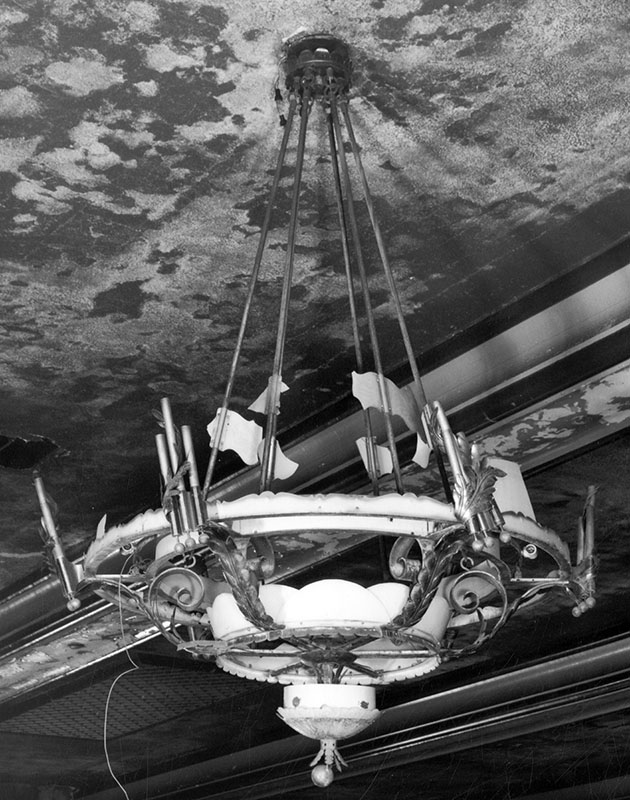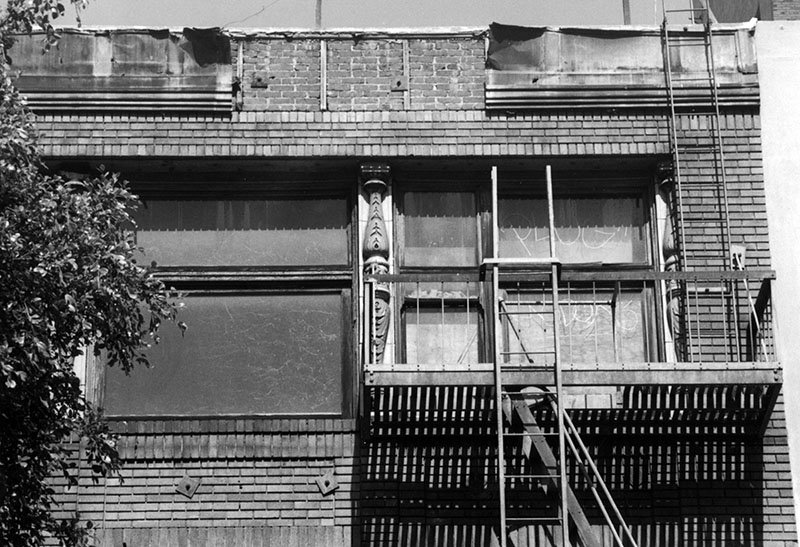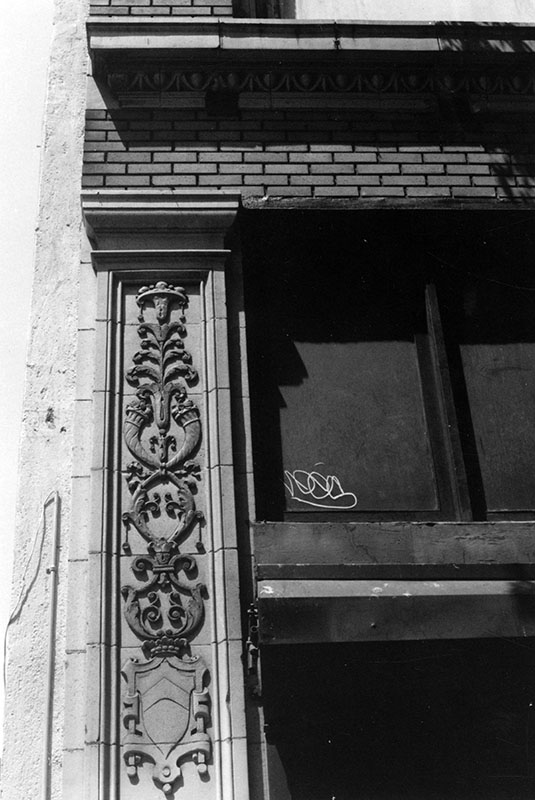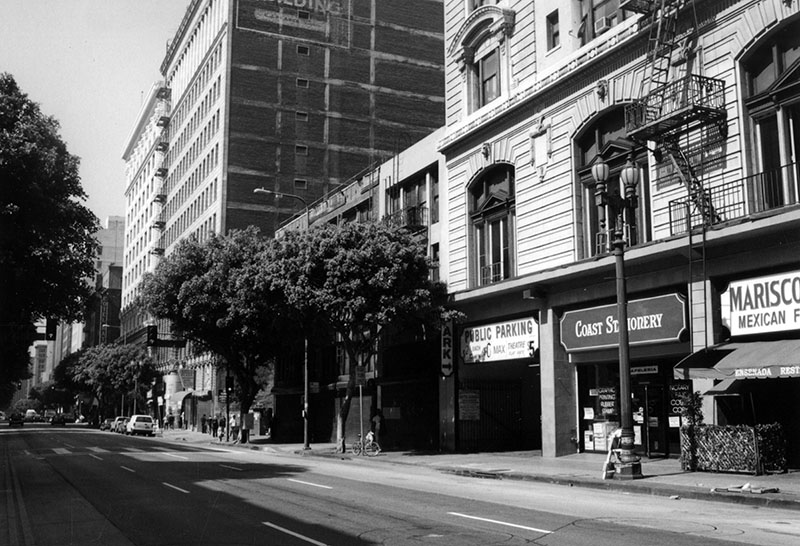In 1933, Charles E. Peterson, a young landscape architect employed by the U.S. National Park Service, had an idea. He conceived of a project that would not only provide jobs for the many architects, draftsmen, and photographers unemployed during the Great Depression, but would document the country’s architectural heritage. Funds were obtained from the Civil Works Administration and the Historic American Buildings Survey (HABS) was born. This survey not only produced photographic archives and meticulous records of America’s buildings but brought to light the importance of historic preservation. (Peterson is often referred to as the founding father of historic preservation.) The survey still continues to this day. The photo collection of the Los Angeles Public Library (LAPL) has a huge collection of photographs taken for the Historic American Buildings Survey, with a selection shown below.
NOTE: All photos in this post are included in LAPL’s Historic American Buildings Survey collection with individual photographers credited accordingly.
The Gateway West Building, built in 1963, was designed by Welton Becket, an architect who designed many buildings in Los Angeles and whose popularity saw him working for celebrities such as James Cagney and Robert Montgomery. The building’s twin, Gateway East Building, stood directly across the street from Gateway West Building. These two buildings were constructed on what was formerly part of the 20th Century Fox Studio lot and marked the entrance to the Avenue of the Stars. Gateway West was demolished during the expansion of a nearby shopping mall.
Front view of Gateway West Building in Century City. Photographed by Jim Simmons in 2014.
Gateway West Building in Century City. Photographed by Jim Simmons in 2014.
The Westinghouse Electric Supply Company warehouse was designed in the Art Deco style of architecture. Opened in 1930, it consisted of two attached warehouses and served as storage space and shipping point for Westinghouse Electric Supply Company (WESCO), one of the country’s largest electronics companies from the 1930s through the 1980s. With a freight spur (railroad track for loading and unloading) just east of the building, the warehouse received and distributed electrical goods to and from companies throughout the United States, thus playing an important role in the industrial development and history of Los Angeles.
Front of Westinghouse Electric Supply Company Warehouse. Photographed by Tavo Olmos in July, 2012.
Interior of Westinghouse Electric Supply Company Warehouse. Photographed by Tavo Olmos in July, 2012.
The Golden Gate Theater in East Los Angeles was designed by William and Clifford Balch, who also designed the El Rey Theater in Los Angeles and the Fox Theater in Pomona. The Golden Gate Theater was built in 1927 and designed in the Churrigueresque-style which features lavish adornment in the Spanish baroque style. Theatergoers accessed the theater through the courtyard of the Vega Building which surrounded the theater. In 1987, the Vega Building was severely damaged by an earthquake and subsequently demolished. The Golden Gate Theater remained standing but sat vacant for 25 years. The only building in East Los Angeles listed in the National Register of Historic Places, it was reopened in 2012 as a pharmacy.
Decorative molding and mural of Golden Gate Theater in East Los Angeles. Photographed by Tom Zimmerman in 2011.
Main entrance of the Golden Gate Theater, with clamshell backdrop of the concession stand visible through the middle door. Photographed by Tom Zimmerman in 2011.
Chandelier in auditorium of Golden Gate Theater. Photographed by Tom Zimmerman in 2011.
The Stationers Building, built in 1922 at 525 S. Spring Street in downtown Los Angeles, was designed by architect and engineer W. L. Schmolle and served as loft space for the York Realty Co. The Stationers Annex at 523 S. Spring Street had been built in 1913 as a loft building for the Realty Fireproof Company; it was designed by Parkinson and Bergstrom, an architectural team that defined the look of pre-World War II Los Angeles. At the time the two buildings were built, the Spring Street district was becoming a high-rise district, with several buildings being ten to 13 stories high. It was believed that these two buildings were to be developed into high-rises, however, both parcels were acquired by the Stationers Corporation and no expansion took place. Through the years, the buildings were stripped of their historic features and eventually left unoccupied. Vandalism, leaking pipes, neglect, and the passage of time weakened them, and they were eventually demolished.
North corner cornices on third story of Stationer’s Building and Annex on Spring Street. Photographed by David Greenwood in April, 2005.
South end of east façade of Stationer’s Building in downtown Los Angeles. Photographed by David Greenwood in April, 2005.
Stationer’s Building and Annex (behind trees) on Spring Street in downtown Los Angeles. Photographed by David Greenwood in April, 2005.
This is the first of a three-part series, please check back for future installments!



